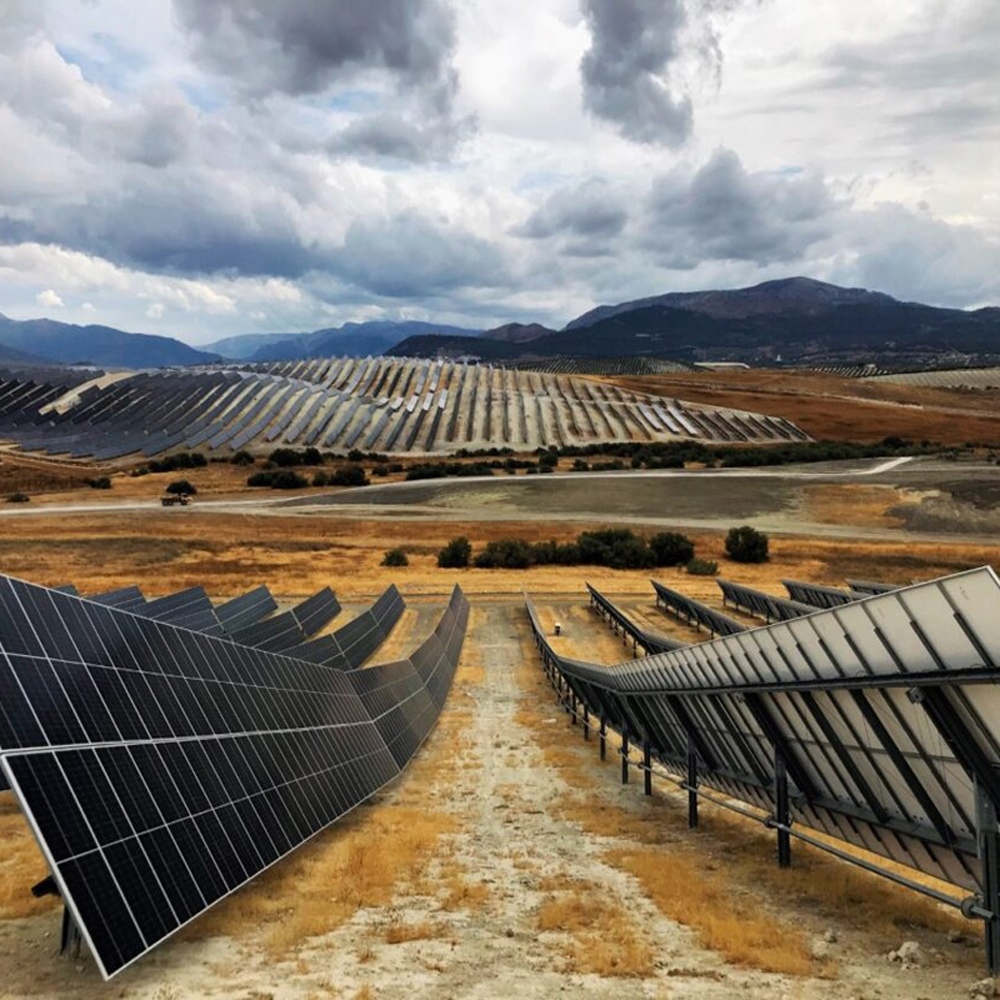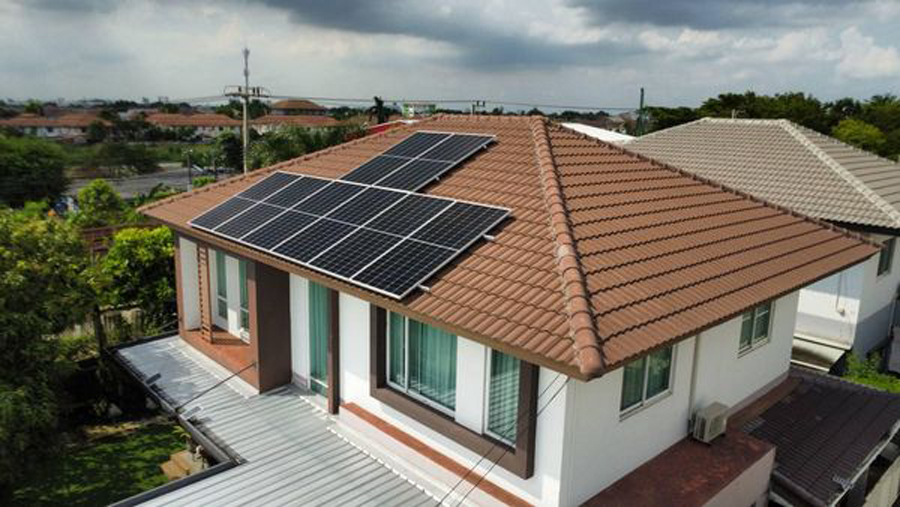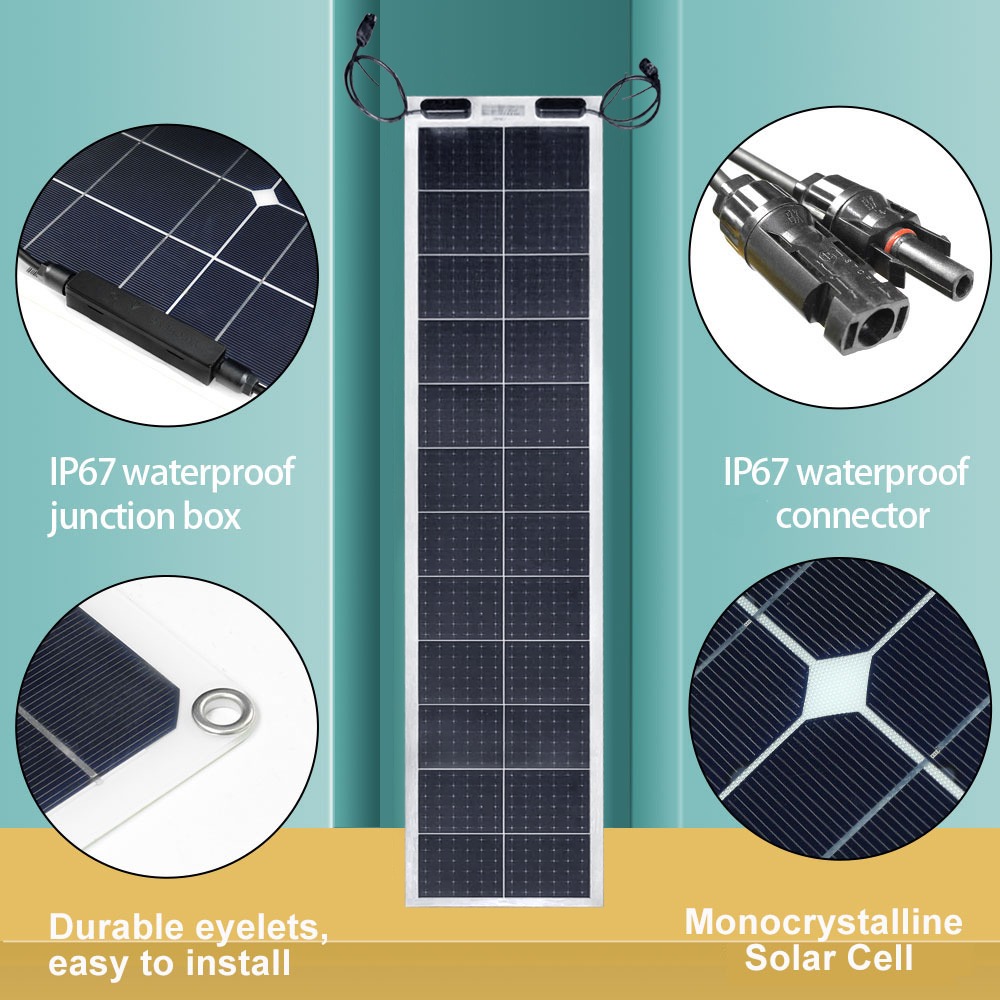Commercial PV is growing in Spain and Germany
Commercial PV is growing in a handful of European markets, Gaëtan Masson, CEO of the Becquerel Institute and operating agent for the IEA's Photovoltaic Power Systems Program, told PV magazine in a recent interview. Investors are "starting to capitalize" on commercial PV opportunities and make "huge profits," he said.

"In terms of utility-scale PV, there are three different business models. Bidding is the absolutely risk-free one. The second is power purchase agreements (PPAs), which are slightly more risky, especially commercial PPAs, because of the dependence on private companies and the fact that things can happen over the 20-year term of the agreement," he said. "The last option is probably more risky - and that's commercial PV. But if you look at commercial PV in Germany or Spain and the prospect of high prices in the wholesale market, the potential for huge profits clearly outweighs the associated risks, so it's a different kind of investment.

Masson said he sees the trend becoming increasingly active in certain European markets such as Spain and Germany. The trend is also starting to accelerate in Italy, he said, but not significantly because of the country's unstable solar regulations.
"The situation in Europe is probably the best at the moment because of the relatively high current and foreseeable wholesale prices," he said. "When the market price is between 50 and 100 euros per MWh, the PV NCOE in southern Spain is about 20 euros (about $21.17) per MWh, which is easy." Masson co-authored the IEAPPSP report entitled
Trends in Photovoltaic Applications 2023, which was recently published. The report identifies key shifts that have occurred in the PV industry over the past year, including the second consecutive year of growth in commercial PV opportunities in many countries. According to the report, this shift is particularly evident in "mature markets affected by high electricity prices."

"The design of electricity markets plays an important role in the emergence of this business model, as markets should provide both short- and long-term incentives," the report continues. "In 2022, Norway's first (commercial PV power plant) project is licensed, 18% of Australia's nearly 20 GW of generation is on the spot market, and Hungary and Italy already have commercial PV systems. Experts estimate that up to half of Spain's future utility-scale projects could be commercial PV."
Masson, who also serves as co-chair of the European Solar Manufacturing Council, a solar industry association, sees commercial PV sales growing to a certain point.

"There was a curve concept popularized in California a few years ago where the more PV produced at noon, the more the wholesale price dropped," he said. "We haven't seen that happen in Europe yet, but at some point it will most likely happen in Spain."
Masson said uneven data collection consistently surprises him when studying international PV trends.
"We are developing a technology that is considered mainstream, but very few countries understand what is really going on in their respective countries," he said.

For example, one of the implications of this poor understanding is that utilities conduct inappropriate solar bidding campaigns, Masson said, citing Vietnam as an example.
"I went to Vietnam and worked with Vietnamese operators and utilities who were considering installing 800 MW of PV," he said. "But on the flip side, look at some of the African countries where no one understands what's being installed. There is none at all. If you don't even know what you currently have, then how can you develop a policy for renewable energy development?"
If all solar stakeholders, from distribution operators and grid operators to installers, reported installed capacity, that data could be revised, Masson said.

Policy lags also affect the scope of solar PV deployment, Masson said. The impact on the scale of manufacturing is evident compared to the installed capacity in 2022.
"The market could have grown significantly in 2022," he said, "but it actually didn't. Why? Because we're starting to hit the limits of existing policies."
Social acceptance and the training of a skilled workforce remain huge barriers to widespread adoption of PV, Masson said, adding that he believes these challenges will be insurmountable without a "high degree of buy-in from policymakers."

"The energy transition is starting to wipe out jobs in the traditional energy sector on a massive scale. That's normal. But we have to create similar jobs in PV," he said. One way to create jobs would be to expand European solar PV manufacturing capacity, an area that creates jobs, which would reassure policymakers, Masson said. "All these political barriers or obstacles are slowing down market growth. Otherwise, we would have had 400 GW of installed capacity this year."
Source : www.pv-magazine.com



